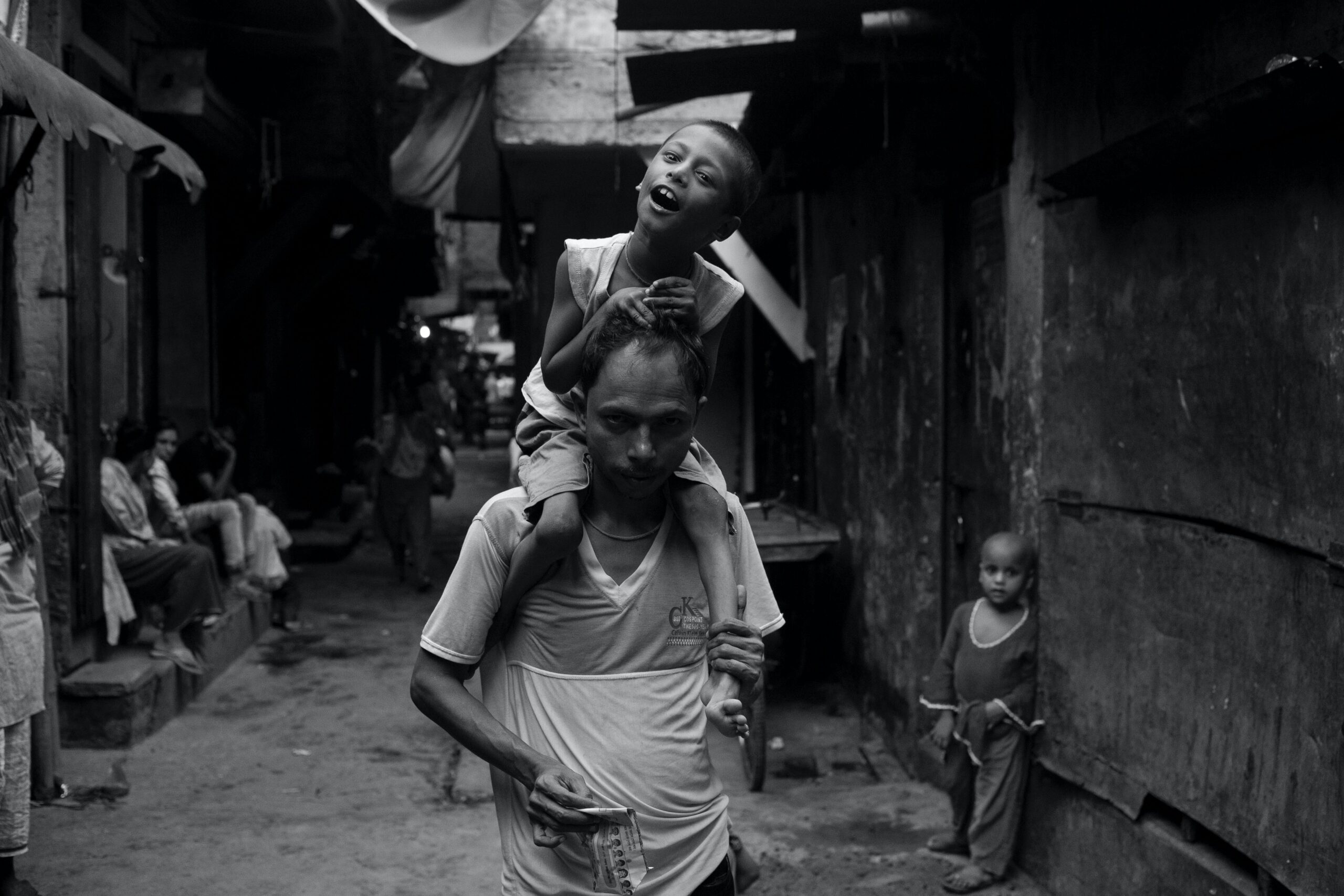When Dharavi started reporting Dharavi COVID-19 Cases, many feared that the coronavirus cluster may explode with unprecedented cases. The 2.5 square kilometer area that has a population of over 6.5 lakh, reported just one case on Tuesday. While the state capital Mumbai is continuing to report a high number of cases with no signs of a decrease.
A decline in the number of cases has helped the doubling rate to expand from 18 days in the last week of April to 140 days as of July 2. After reporting just one case, the dense area now has a total of 2,335 cases of coronavirus. Last time the cluster reported a single case was on April 5.
The recovery rate of the place is also impressive in Dharavi COVID-19 cases. The low-income region, spread by narrow lanes and congested houses, where social distancing is a myth, presently has only 352 active cases, 1734 people have recovered by the COVID-19 Virus.
Dharavi reported its first COVID-19 case on April 1 and the first death later in the evening. The first patient was a 56-year-old garment unit owner who had mild symptoms of cough and fever, which turned severe. His shop was in a multi-story residential complex Baliga Nagar, comparably, the area is spacious for people.
After four days, in the densely populated slum, Mukund Nagar, a new case was detected. The patient lived with 11 family members in a two-room house. In many areas of Dharavi, 9-10 people live in small rooms. Back then, it was seen as impossible to control the spread in the slum.
After the implementation of a nationwide lockdown, nearly 1 lakh residents left slums to return to their villages. It helped in flattening the curve of the virus spread.
When a new case was reported from Mukund Nagar, the Brihanmumbai Municipal Corporation within 48 hours containing the entry and exit to the slum cluster. The BMC team provided food to the people in the cluster, for over a month, disinfected public toilets as they are used by many people, etc. A door to door campaign of screening the residents has initiated Dharavi COVID-19 cases.
Medical professionals wearing full-body protective kits were seen in narrow lanes of the slum amid the heat and humidity, knocking doors and screening the people. Nearly 90,000 plus people were screened to detect the symptoms and were sent to quarantine facilities.
In the initial weeks, with the aim to screen 8.5 lakh people, when the BMC personnel with full personal protection equipment (PPE) went door-to-door for screening soon realised that the strategy is not working as people were lying about their symptoms.
Changing its strategy to contain the spread, the BMC asked 350 private and local practitioners from the local area to open clinics. BMC also opened 9 new dispensaries with vans dispatched in the slums to pick up people showing symptoms.
Due to the congested localities and houses, following social distance, an effective way to control the spread of the disease seems impossible in the slum areas. Outside the slums, big empty buildings were converted into quarantine centres.
Schools, sports complexes, community halls, hostels were used to set up the 9 new quarantine facilities by the BMC. For patients in critical conditions, the BMC took over five private hospitals near the slum area.
Setting up local dispensary worked, as nearly 3.6 lakh people were screened by the local authorities of which1.2 lakh were senior citizens. A total of 7000 tests were conducted of high-risk contacts, and additional 2500 tests were conducted accordingly.
When the center team visited the slums, criteria on classifying contacts of active Dharavi COVID-19 Cases also changed. Until May, positive patient contacts were termed as high and low-risk accordingly. Later, contacts staying inside slums, and those who used public toilets were considered as high risk and were shifted to quarantine centers.
By June, nearly 9000 people were quarantined in the quarantine centers. Now, most of the newly recorded Dharavi COVID-19 Cases are of high-risk contacts of the patients. The BMC didn’t add any new slum clusters to the containment zone list.
Now, with India unlocking and the onset of monsoon, new challenges are approaching Dharavi. As India is now recording 20,000 plus Dharavi COVID-19 Cases each day and the risk of migrants returning to slums may carry the virus, the battle against the Coronavirus is far from over.

